Nature has a way of surprising us with jaw-dropping sights that feel otherworldly. From glowing skies to seas that shimmer, these natural phenomena make you pause in wonder. Each one offers a unique spectacle, rarely found in everyday life. Whether it’s a fleeting event or an annual occurrence, these moments remind us of nature’s power and beauty. Let’s explore seven must-see natural phenomena that will leave you in awe.
Aurora Borealis (Northern Lights)

The Aurora Borealis, commonly known as the Northern Lights, is a dazzling display of colors that dance across the sky in polar regions. Charged particles from the sun collide with Earth’s atmosphere, creating vibrant green, purple, and red lights. This spectacle is best seen in places like Norway, Iceland, or Canada during the winter months. Each show is unique, as the lights shimmer and shift with the solar winds. The Northern Lights are not just visually stunning but also evoke a deep sense of connection to the cosmos.
Bioluminescent Bays
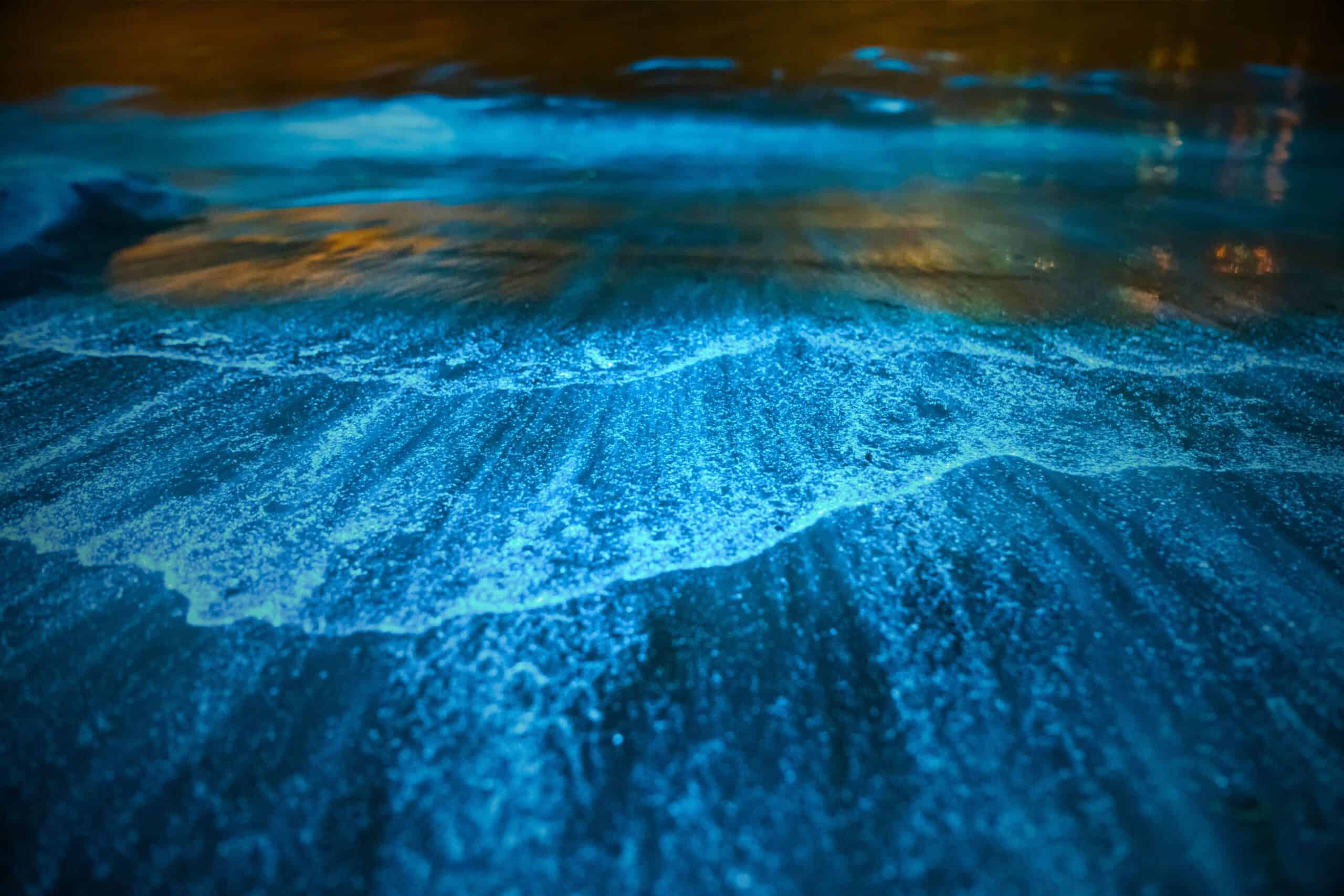
Bioluminescent bays glow with an ethereal blue-green light, thanks to microorganisms called dinoflagellates. When these tiny organisms are disturbed, they emit light, creating a glowing trail in the water. Locations like Puerto Rico’s Mosquito Bay are famous for this phenomenon, where the water appears to shimmer with every movement. The best time to witness it is on dark, moonless nights when the glow is most vibrant. Watching the waves light up with this natural glow feels like stepping into a scene from a science fiction movie.
Sardine Run
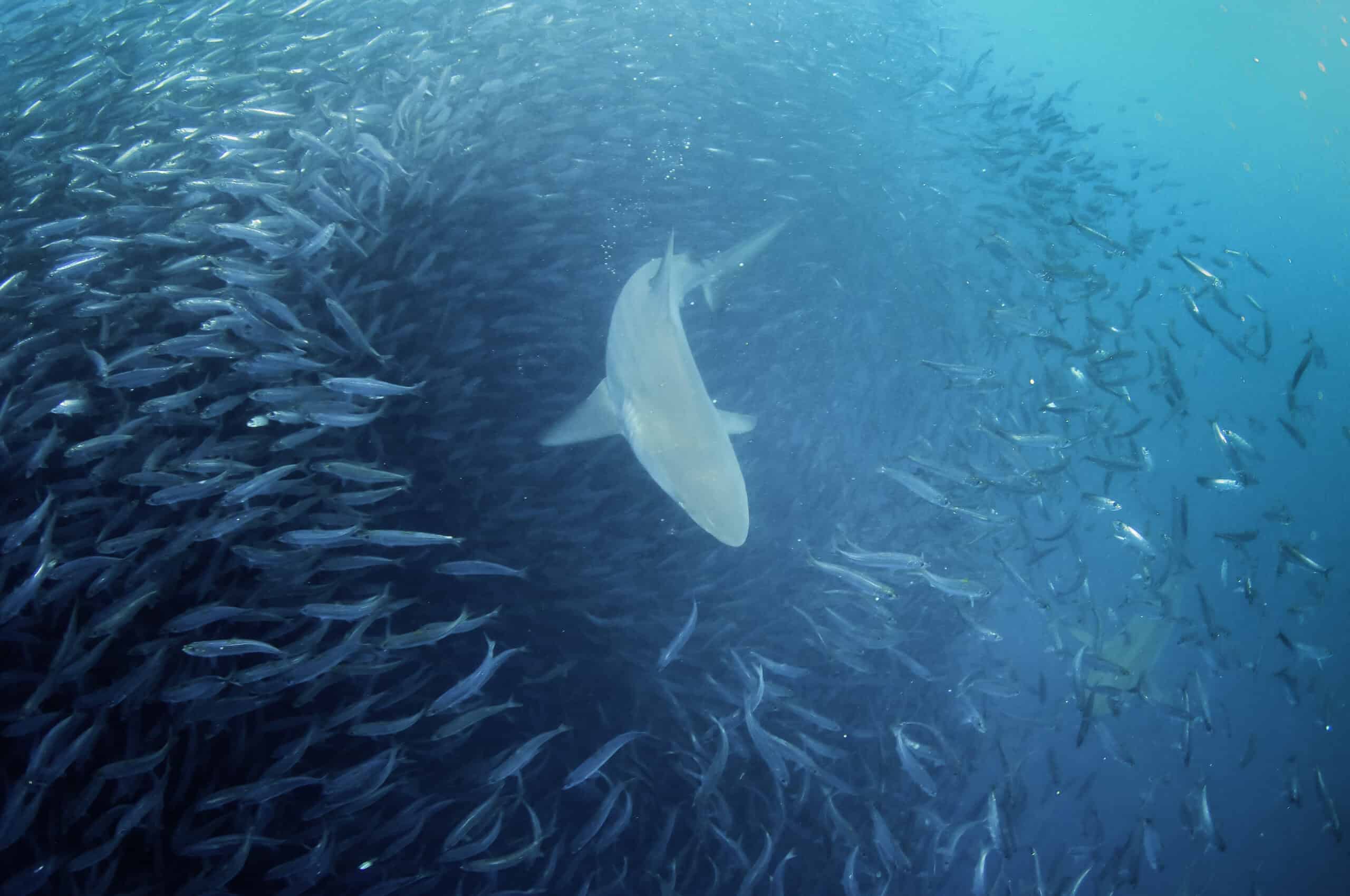
The Sardine Run is an extraordinary marine migration that happens annually off the coast of South Africa. Millions of sardines travel northward, attracting a host of predators like dolphins, sharks, and birds, creating a feeding frenzy. This natural spectacle is sometimes referred to as the “Greatest Shoal on Earth” due to the sheer number of fish and the dramatic encounters it triggers. Divers and marine enthusiasts flock to witness this synchronized dance of life and survival. The event is both exhilarating and mesmerizing, as the ocean comes alive with frenetic activity.
Monarch Butterfly Migration
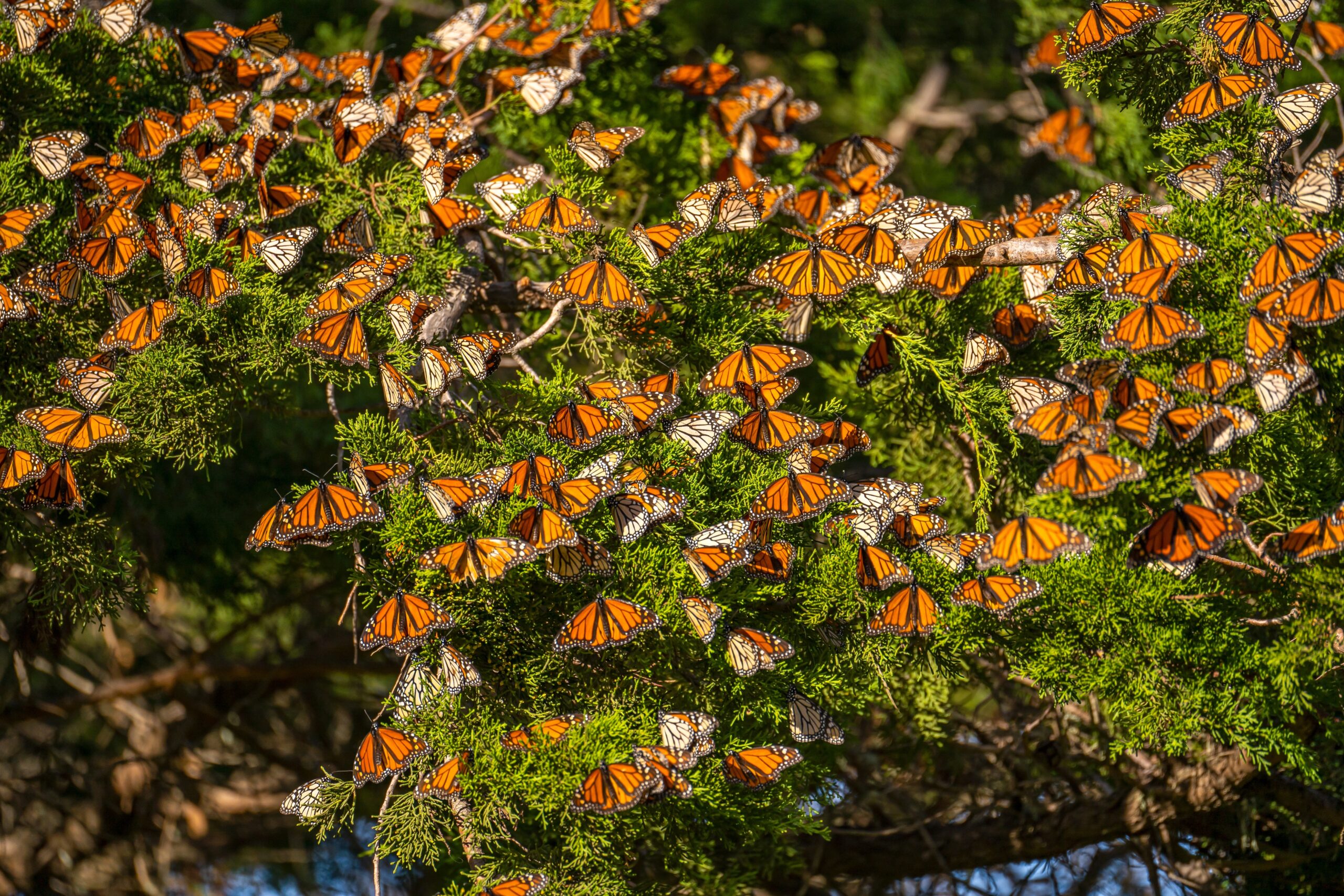
Every autumn, millions of monarch butterflies embark on a remarkable journey from North America to central Mexico. These butterflies travel up to 3,000 miles to reach their wintering grounds in Mexico’s high-altitude forests. The sight of countless orange and black wings fluttering through the sky is nothing short of magical. They cluster on trees in such vast numbers that branches droop under their weight. This migration showcases both the delicate beauty and the resilience of nature, as generations of monarchs complete this journey year after year.
Grand Prismatic Spring
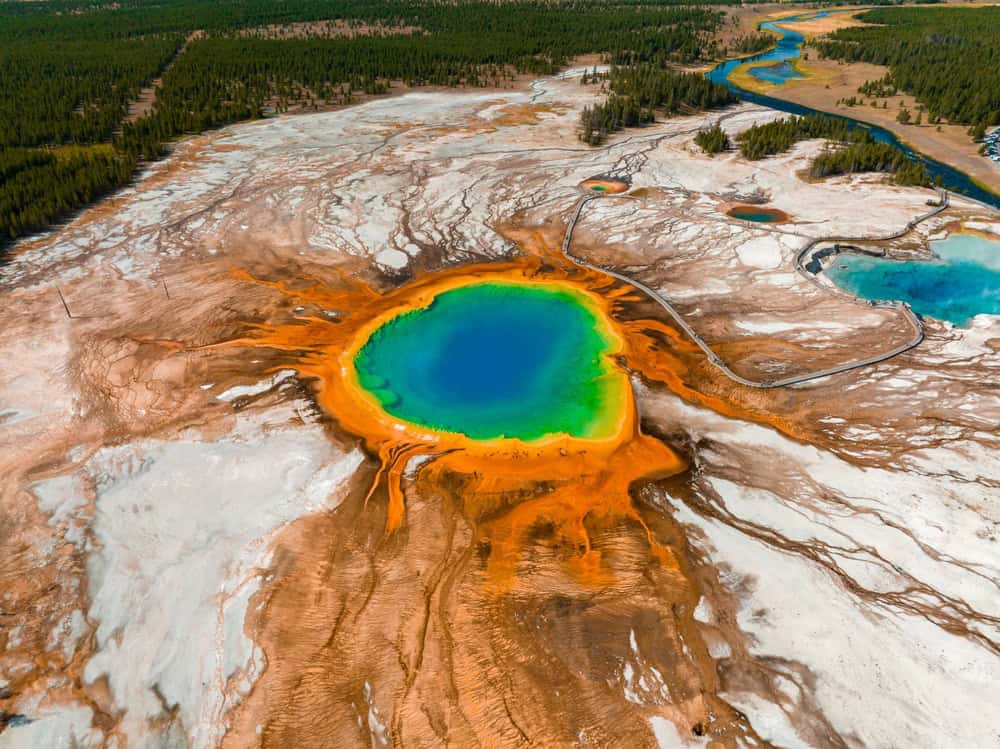
The Grand Prismatic Spring in Yellowstone National Park is a striking natural wonder that leaves visitors spellbound. It is the largest hot spring in the U.S. and the third-largest in the world. What sets it apart are its vivid colors—rings of blue, green, yellow, and orange—created by different heat-loving microorganisms living in the water. The size of the spring, combined with its colorful palette, looks like something from another planet. Viewing it from above provides the best perspective to take in its vibrant beauty.
Desert Bloom
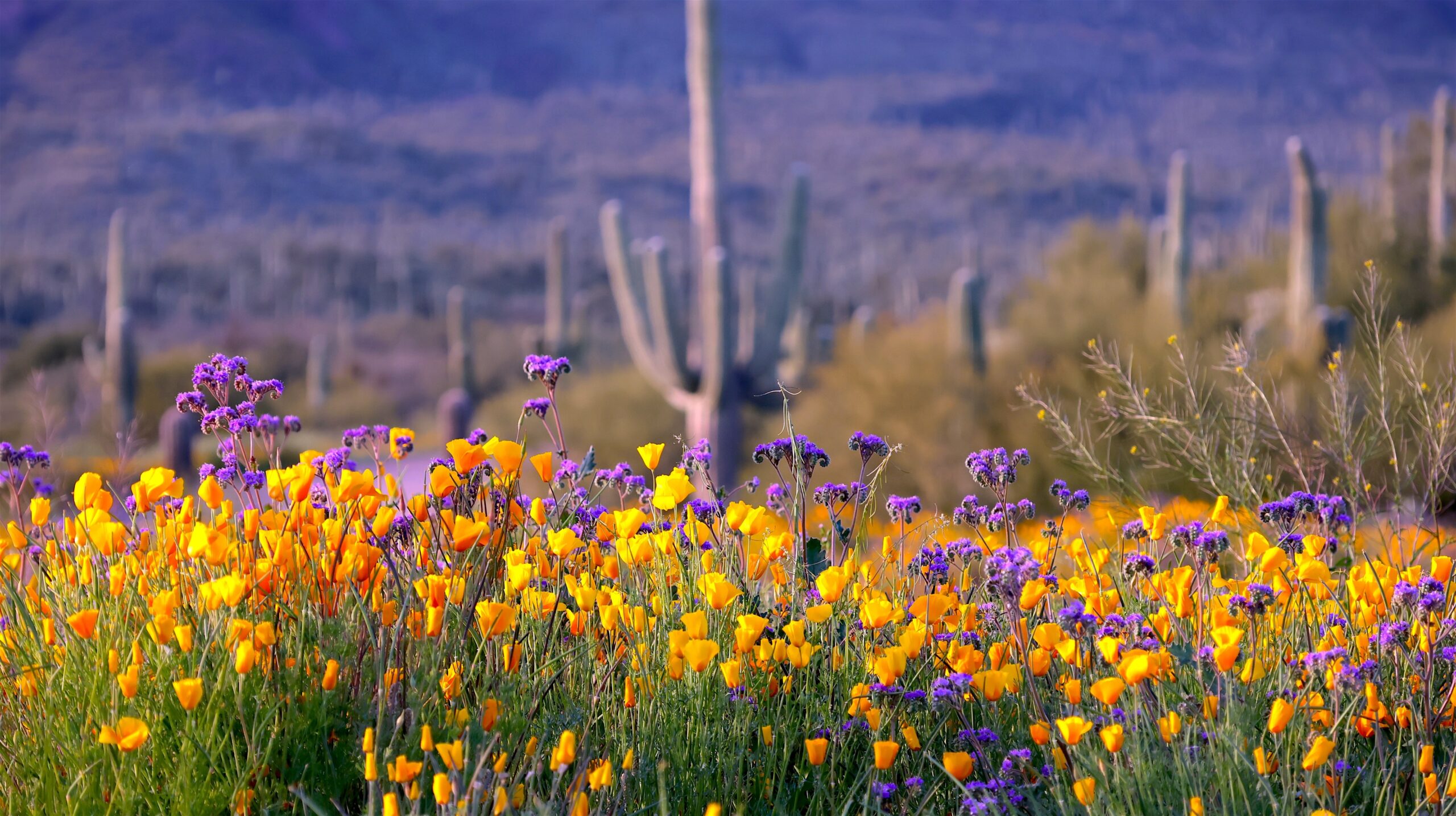
Desert bloom occurs when arid regions, like the Atacama Desert in Chile, experience an unexpected burst of rainfall, causing flowers to bloom. Seemingly barren landscapes transform into vibrant fields of colorful blossoms almost overnight. This rare phenomenon usually happens every few years and lasts only a short time, making it a must-see event for nature lovers. The sight of a dry, cracked desert floor bursting with life is nothing short of miraculous. The contrast between the harsh environment and the delicate flowers is breathtaking.
Midnight Sun
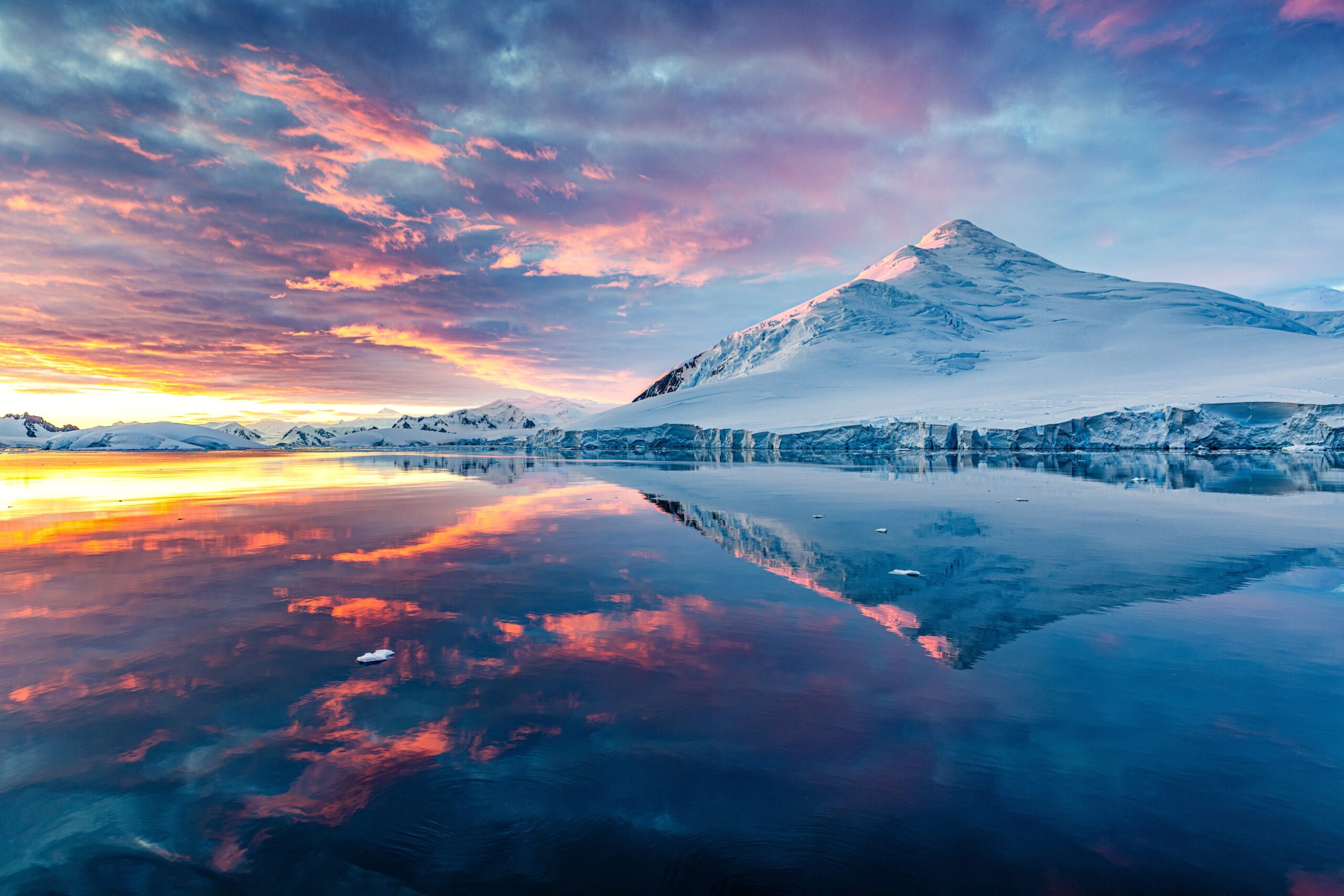
The Midnight Sun occurs in regions near the Arctic Circle, where the sun stays visible for 24 hours during the summer months. Countries like Norway, Sweden, and Alaska experience days where night never falls. This phenomenon gives everything an otherworldly glow, as the sun lingers on the horizon even at midnight. It’s a surreal experience to walk outside late at night and still see daylight. The Midnight Sun allows for extended exploration and activities, making it a favorite time for adventurers and photographers alike.
Red Tide
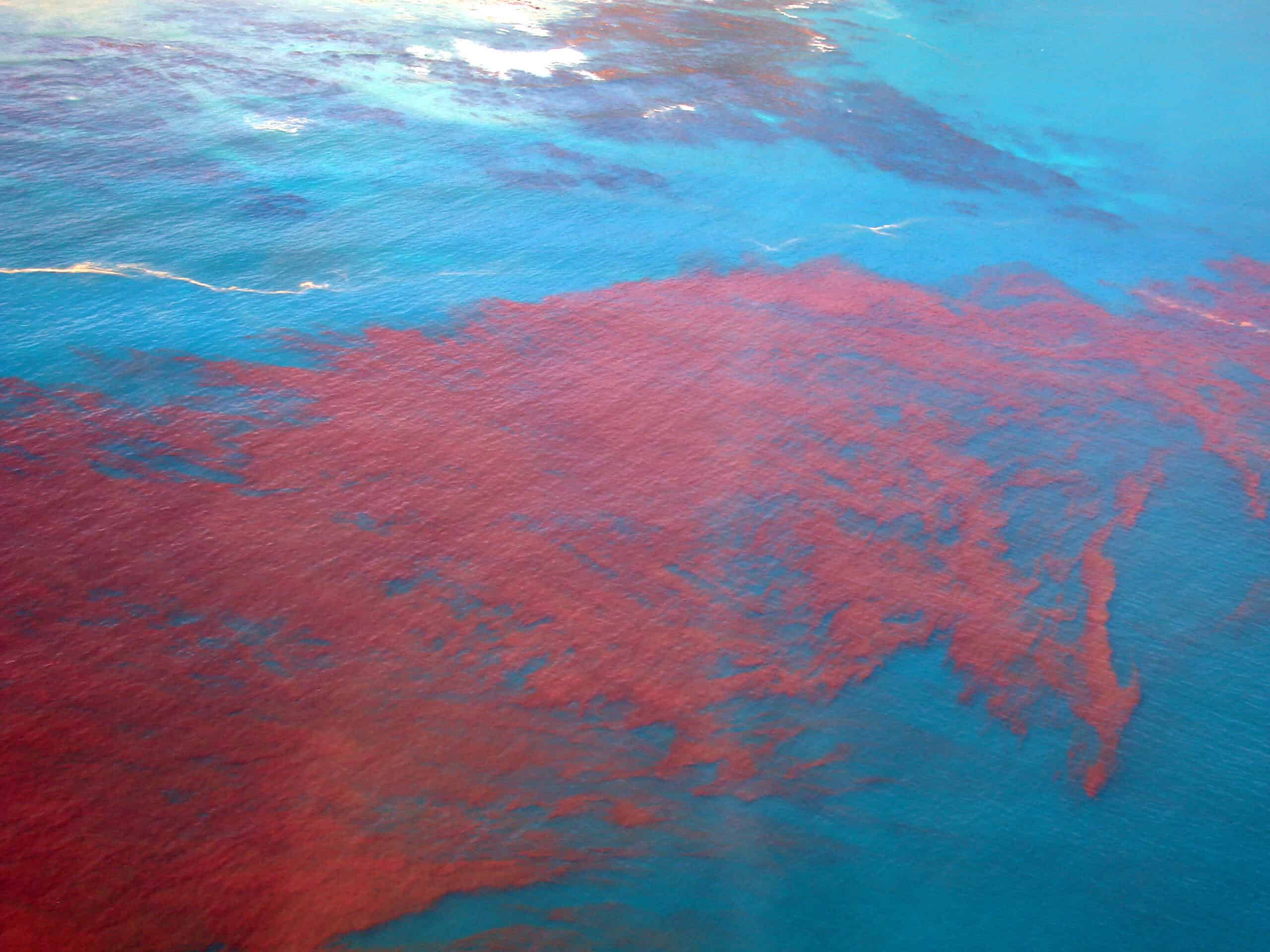
Red Tide is a phenomenon caused by algal blooms that turn the water a deep reddish color. These blooms are made up of microscopic algae that multiply rapidly under certain conditions, producing toxins that can affect marine life. While they can create a striking visual scene, red tides often result in fish kills and can cause respiratory issues for people near the shore. The water appears almost eerie as it shifts between shades of red, orange, and brown. This phenomenon is most commonly observed in coastal areas and can be both beautiful and dangerous.
Lenticular Clouds
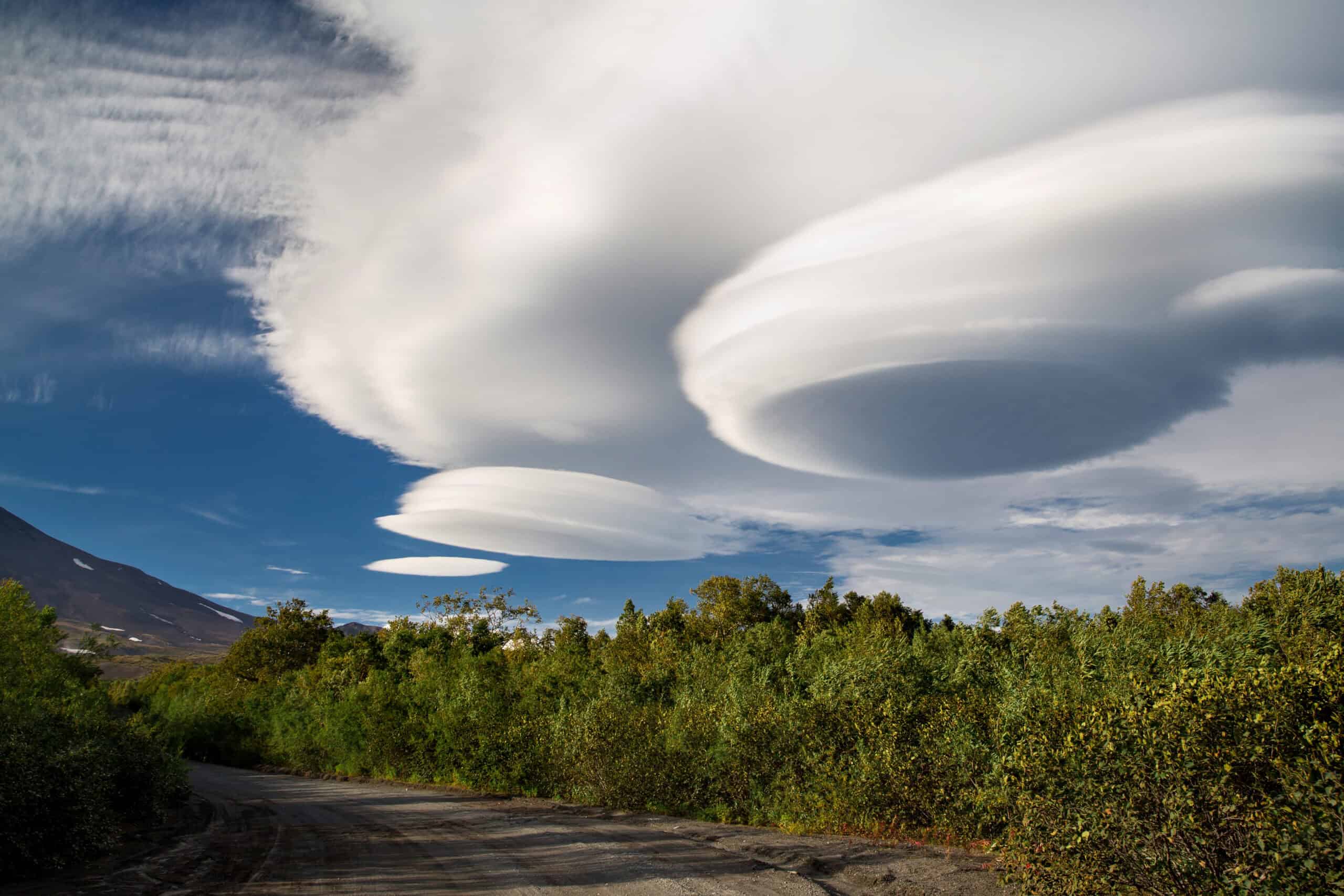
Lenticular clouds are lens-shaped formations that often resemble UFOs hovering in the sky. These clouds form when stable, moist air flows over mountains, creating a layered, saucer-like appearance. They can appear stationary even in windy conditions, giving them an almost surreal quality. Their unique shape and vibrant colors at sunrise or sunset make them a favorite for photographers. Lenticular clouds are commonly spotted near mountain ranges such as the Rockies or the Andes, where the wind conditions are just right for their formation.
Catatumbo Lightning
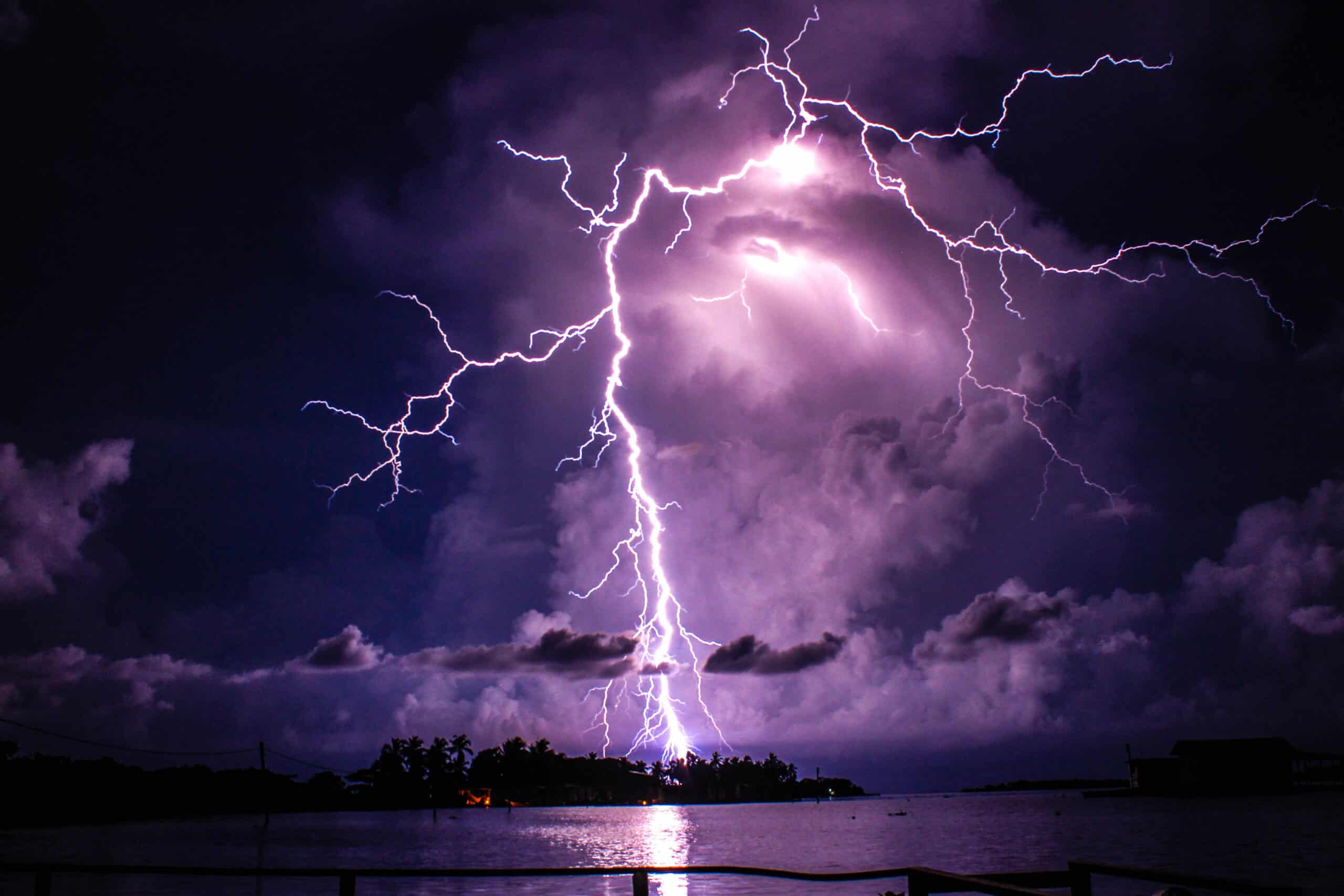
Catatumbo Lightning is a rare and spectacular phenomenon that occurs over Lake Maracaibo in Venezuela. This continuous lightning storm lights up the sky for up to 10 hours a night, producing thousands of strikes per hour. It happens when warm air from the lake collides with cold mountain air, creating the perfect storm for frequent lightning without much thunder. The sight of the sky flickering with electric streaks against the dark horizon is nothing short of mesmerizing. This natural light show is so consistent that sailors once used it for navigation.
Frozen Methane Bubbles
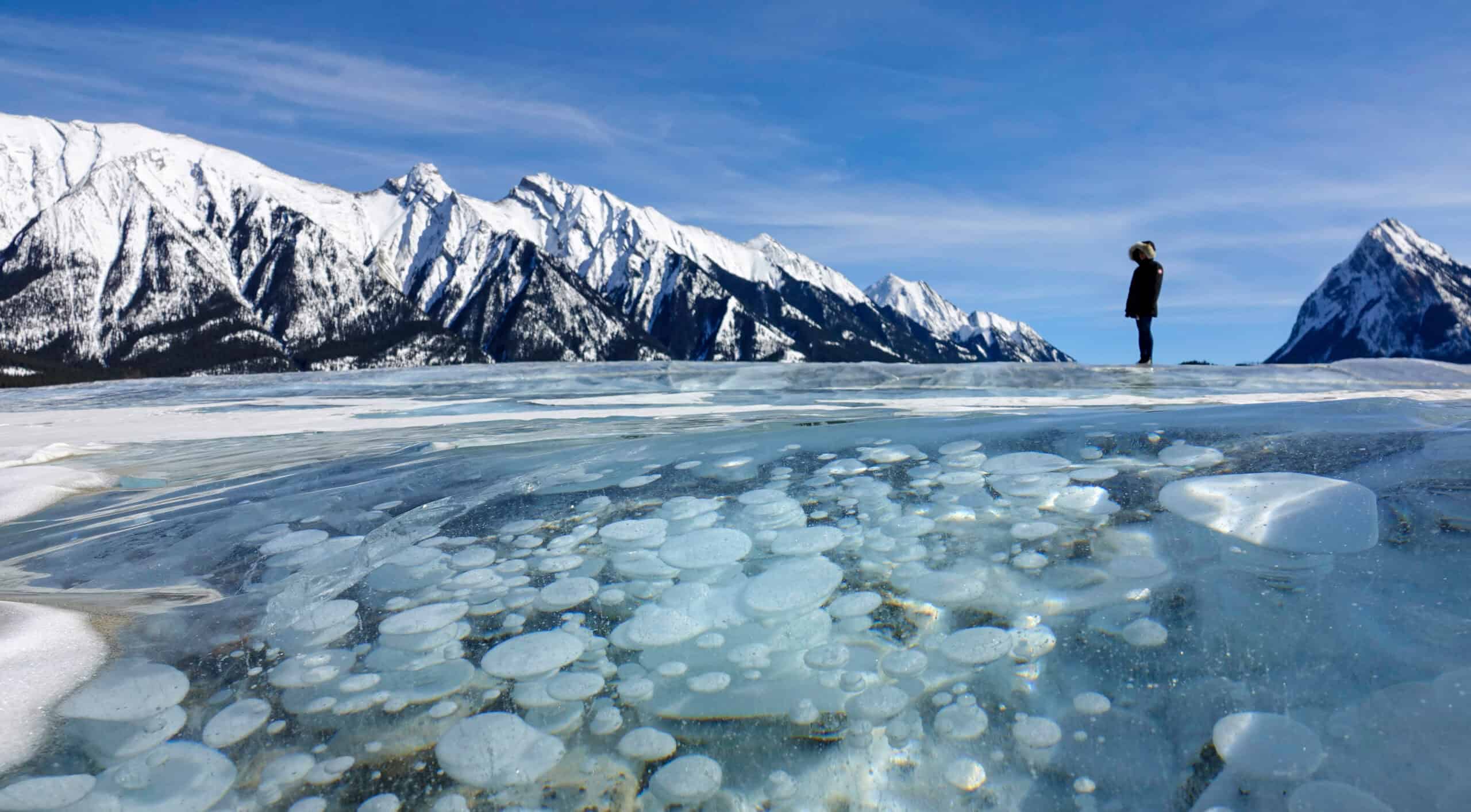
In certain lakes, particularly in cold regions like Canada’s Abraham Lake, frozen methane bubbles create an otherworldly sight. As organic matter decays on the lakebed, methane gas is released, forming bubbles that rise to the surface. When the lake freezes, these bubbles get trapped beneath the ice, creating beautiful, white, circular formations. These frozen bubbles look like delicate pearls or floating jellyfish suspended in the ice. While stunning to observe, they also serve as a reminder of the potent greenhouse gases trapped below.
Blood Falls (Antarctica)
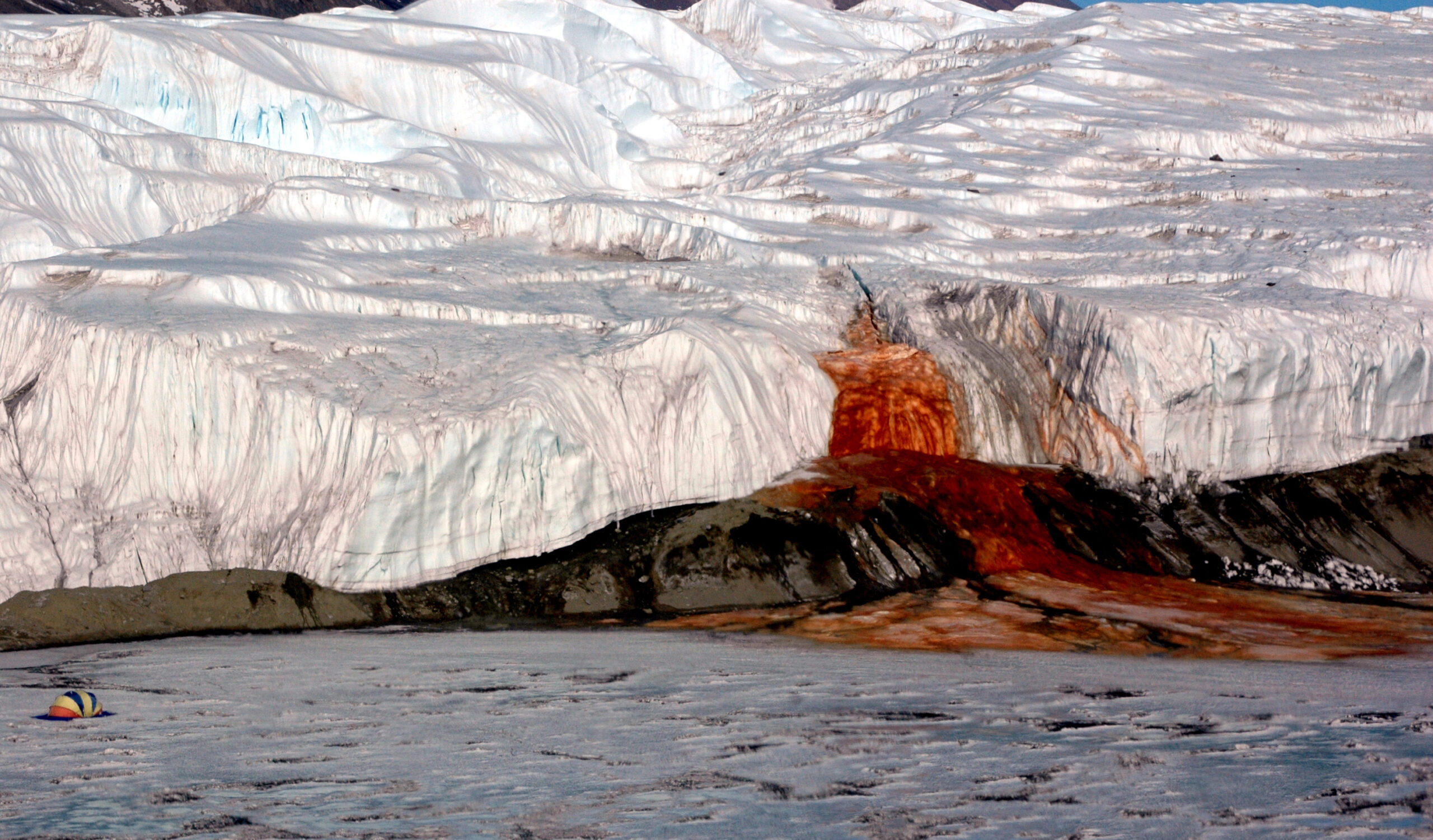
Blood Falls is an eerie natural phenomenon in Antarctica where red, iron-rich water pours out from the Taylor Glacier. The source of this crimson stream is a pool of salty water trapped under the glacier, rich in iron that oxidizes when exposed to the air, giving it a blood-like appearance. Despite its name, there’s nothing biological about the color, but the striking contrast of red against the icy white glacier is unforgettable. It’s a chilling reminder of Earth’s hidden geochemical wonders deep within the polar regions.
Fire Rainbows
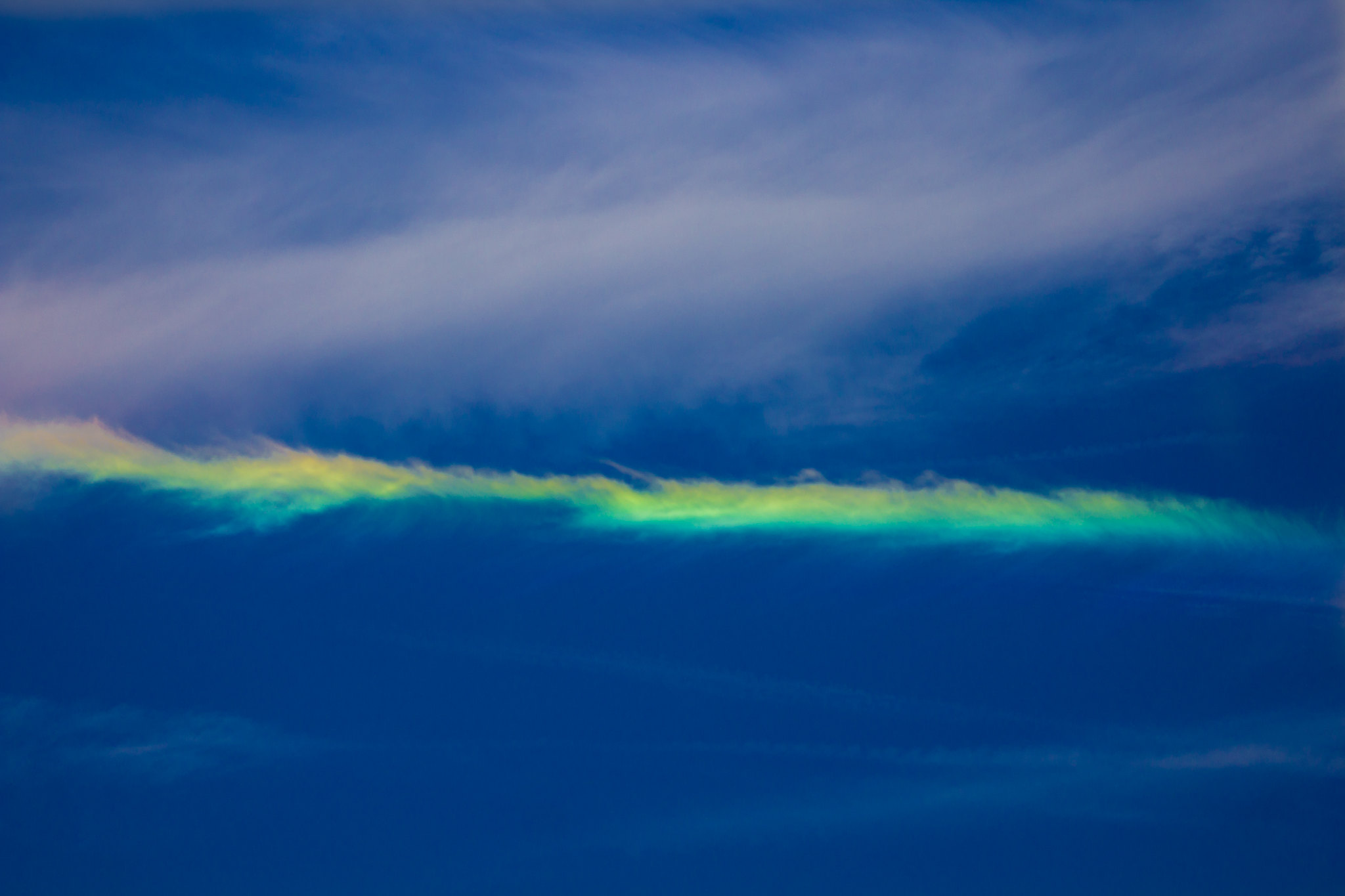
Fire Rainbows, or circumhorizontal arcs, are a mesmerizing phenomenon that occurs when sunlight passes through ice crystals in cirrus clouds at high altitudes. The result is a bright, rainbow-like arc that looks as if it’s on fire across the sky. These “rainbows” are rare because they require the sun to be positioned at just the right angle. When they do appear, the sky lights up with vibrant hues of red, orange, and blue, often catching viewers by surprise. The fleeting nature of fire rainbows makes them an even more thrilling spectacle to witness.
Moonbow
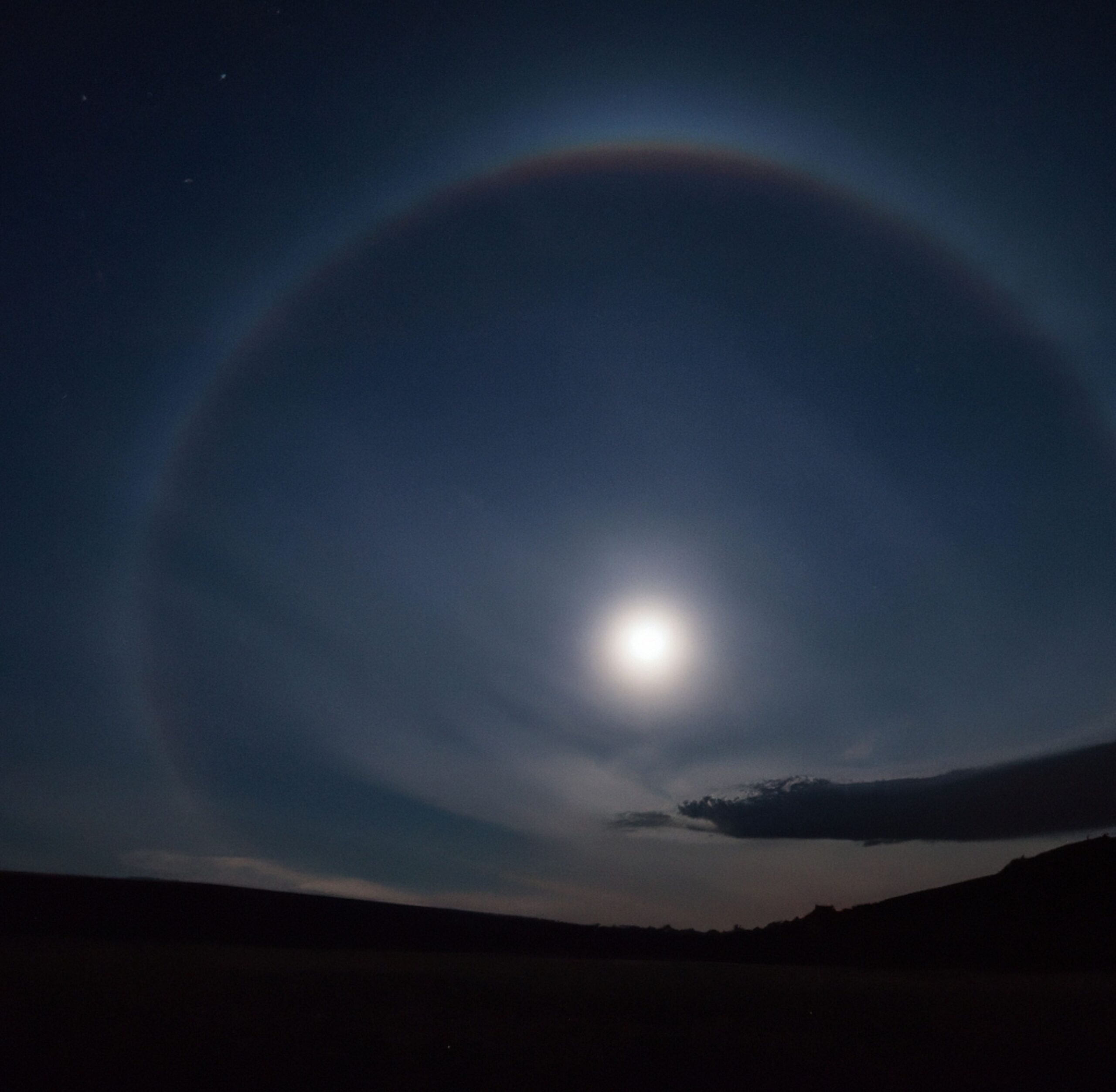
A Moonbow is a rare type of rainbow that forms at night when moonlight is refracted through water droplets in the air. Much fainter than a regular rainbow, moonbows appear white to the naked eye, but long-exposure photography can reveal their full spectrum of colors. They typically occur near waterfalls or in areas with heavy mist and a bright full moon. Watching a moonbow arch across the sky in the stillness of night is an ethereal experience, often leaving spectators in awe of its quiet beauty.
Sailing Stones
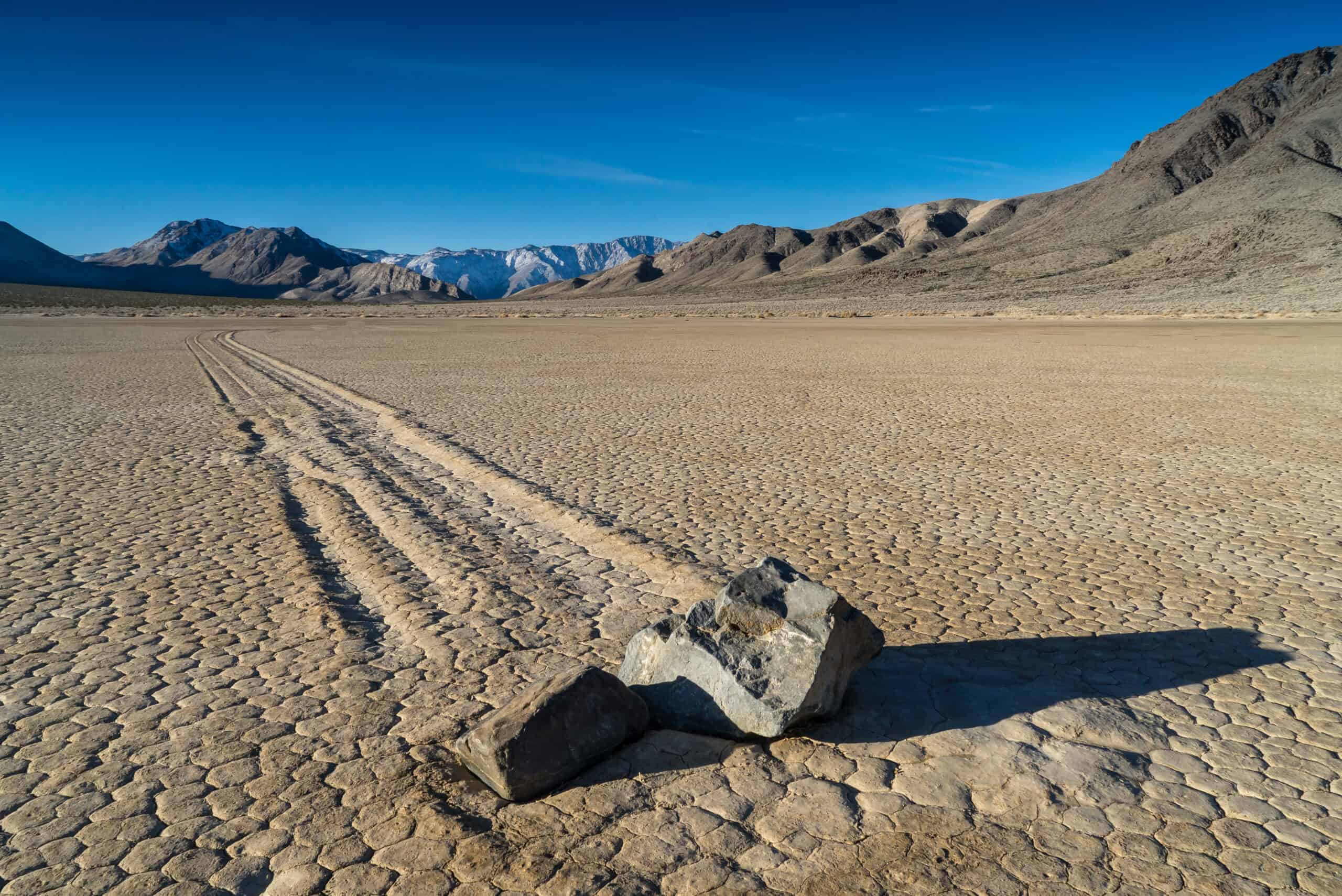
Sailing Stones are a bizarre phenomenon where large rocks appear to move on their own across dry lake beds. Found primarily in California’s Death Valley, these stones leave long trails in the sediment, though the process is rarely observed. The movement is caused by a combination of freezing temperatures, thin ice sheets, and light winds that push the stones. The stones glide across the surface at a slow pace, sometimes moving hundreds of feet over several years. It’s a puzzling sight, as the tracks behind the stones tell the story of their mysterious journey.
Volcanic Lightning
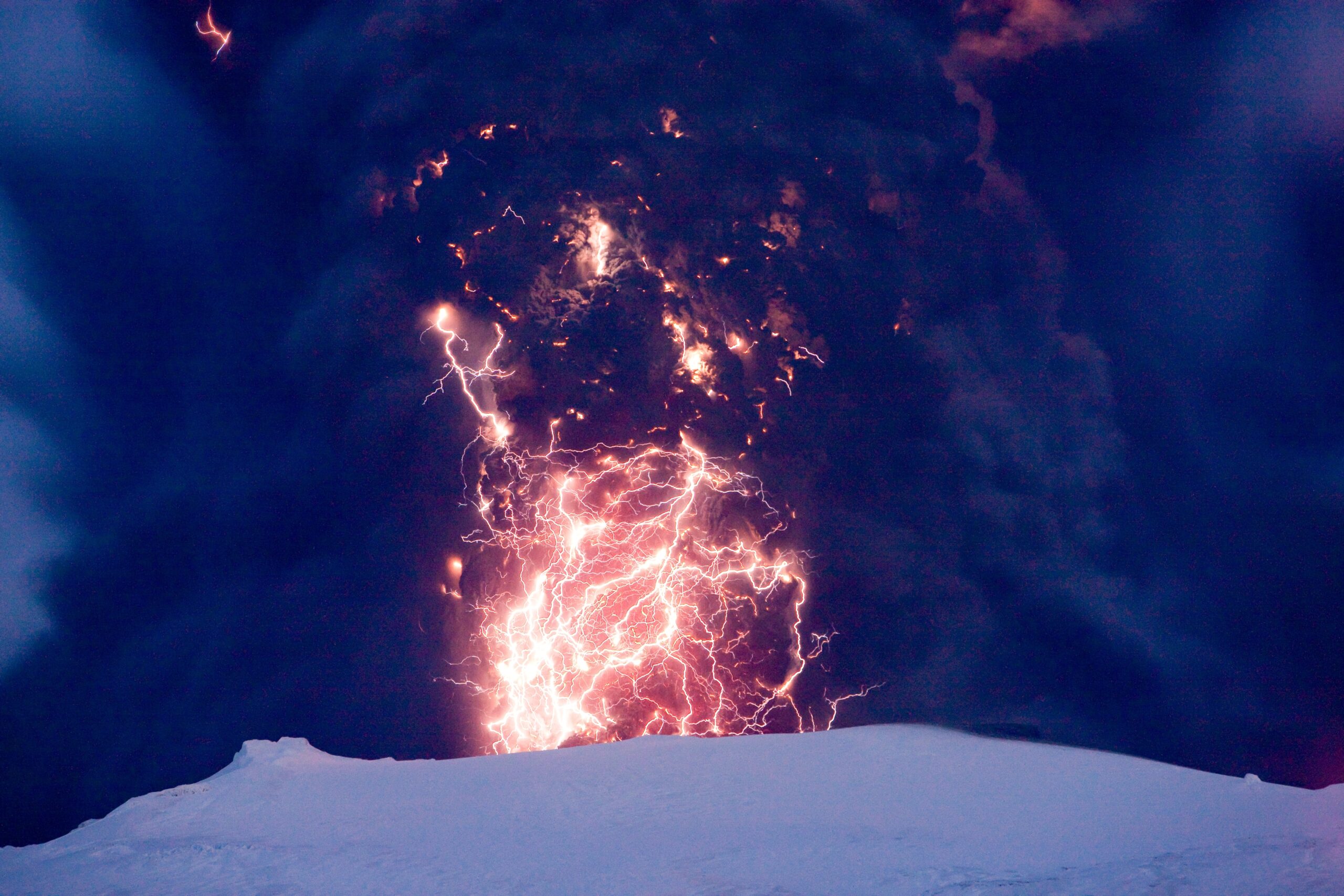
Volcanic lightning is a stunning natural spectacle that occurs during volcanic eruptions. When a volcano erupts, ash, dust, and gas are ejected into the atmosphere, creating electrical charges that produce lightning bolts. These flashes of light can occur within the ash cloud or directly over the volcano’s crater, illuminating the sky with dramatic bursts. The combination of lava, smoke, and lightning creates a surreal, almost apocalyptic scene. Volcanic lightning is rare, but when it happens, it adds a new layer of awe to an already powerful natural event.
Morning Glory Clouds
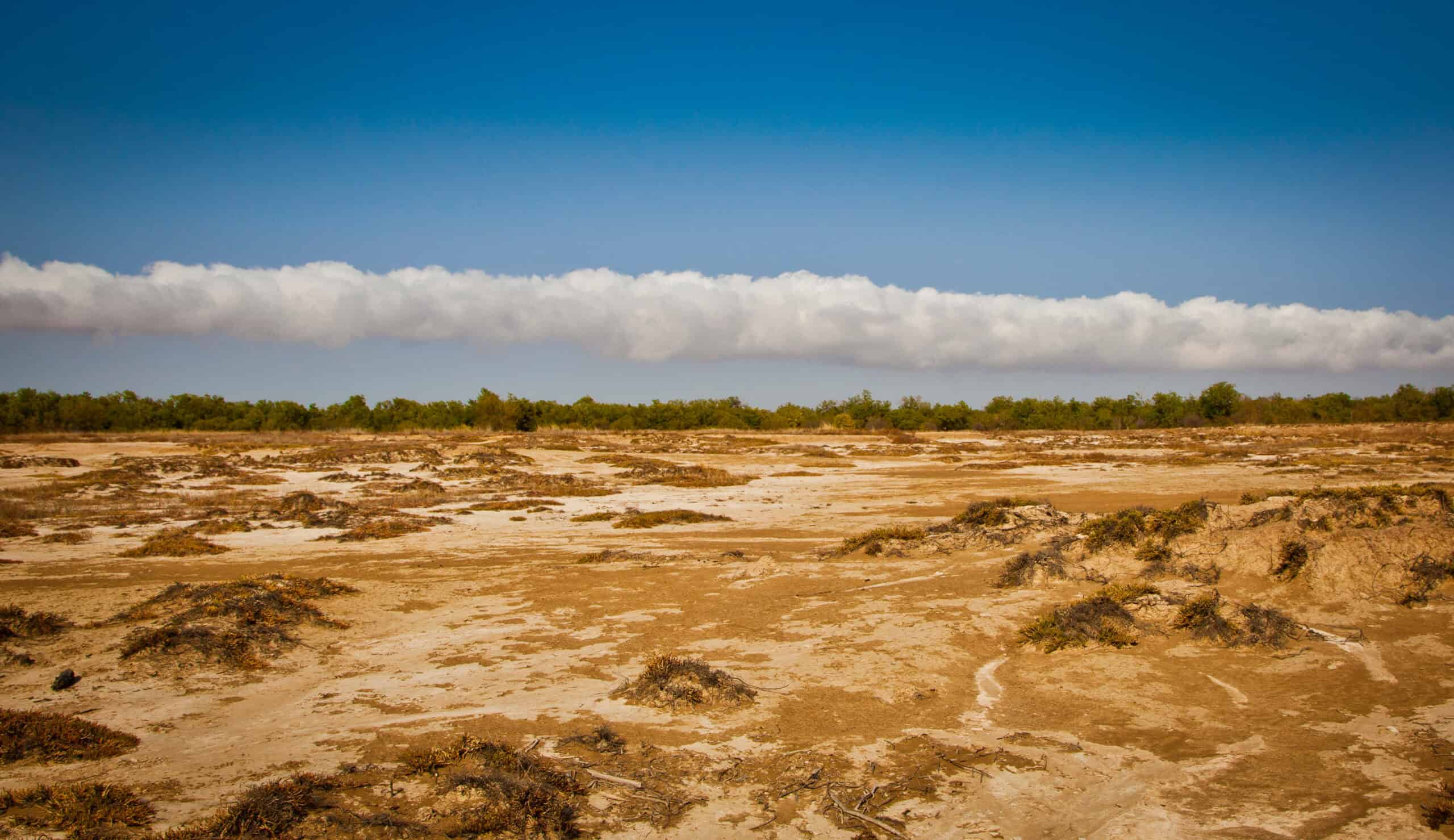
Morning Glory Clouds are long, rolling cloud formations that stretch across the sky like giant tubes. These clouds, sometimes extending up to 600 miles, are most commonly seen in northern Australia during the late dry season. They form due to a rare atmospheric condition where moist air rises and cools, creating these stunning formations. Pilots and gliders are especially drawn to them, as they offer unique flying conditions. Seeing one of these clouds slowly roll across the sky is both peaceful and mesmerizing.
Fairy Circles
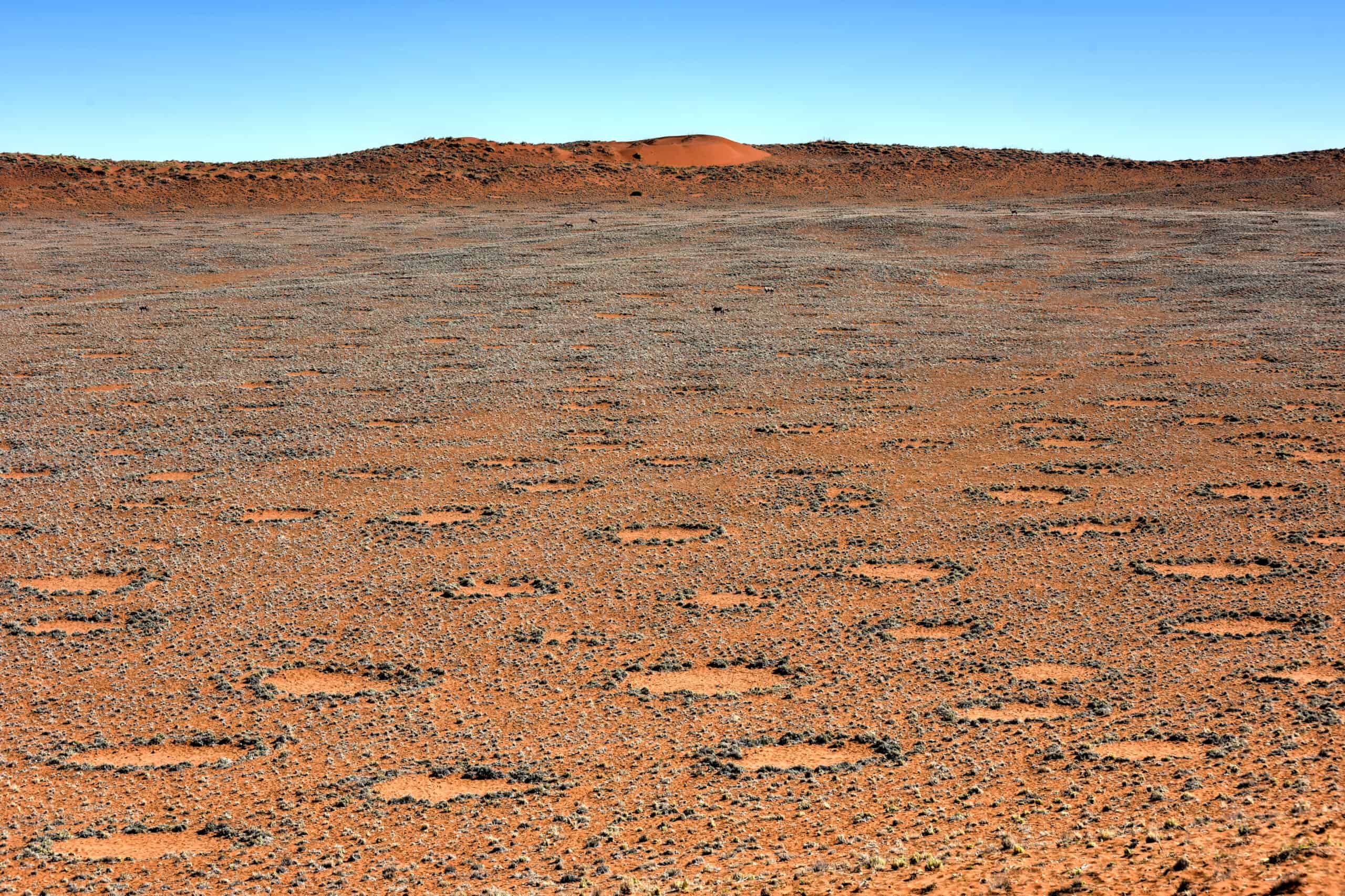
Fairy Circles are circular patches of bare soil surrounded by grass, often found in the arid regions of Namibia. These mysterious formations can range from a few feet to several meters in diameter. Scientists have long debated their origin, with some attributing them to termite activity and others to plants competing for water. Whatever the cause, these circles create an almost magical landscape, with dots of bare earth stretching for miles. The contrast between the barren circles and the lush surroundings makes for a fascinating sight.
Frost Flowers
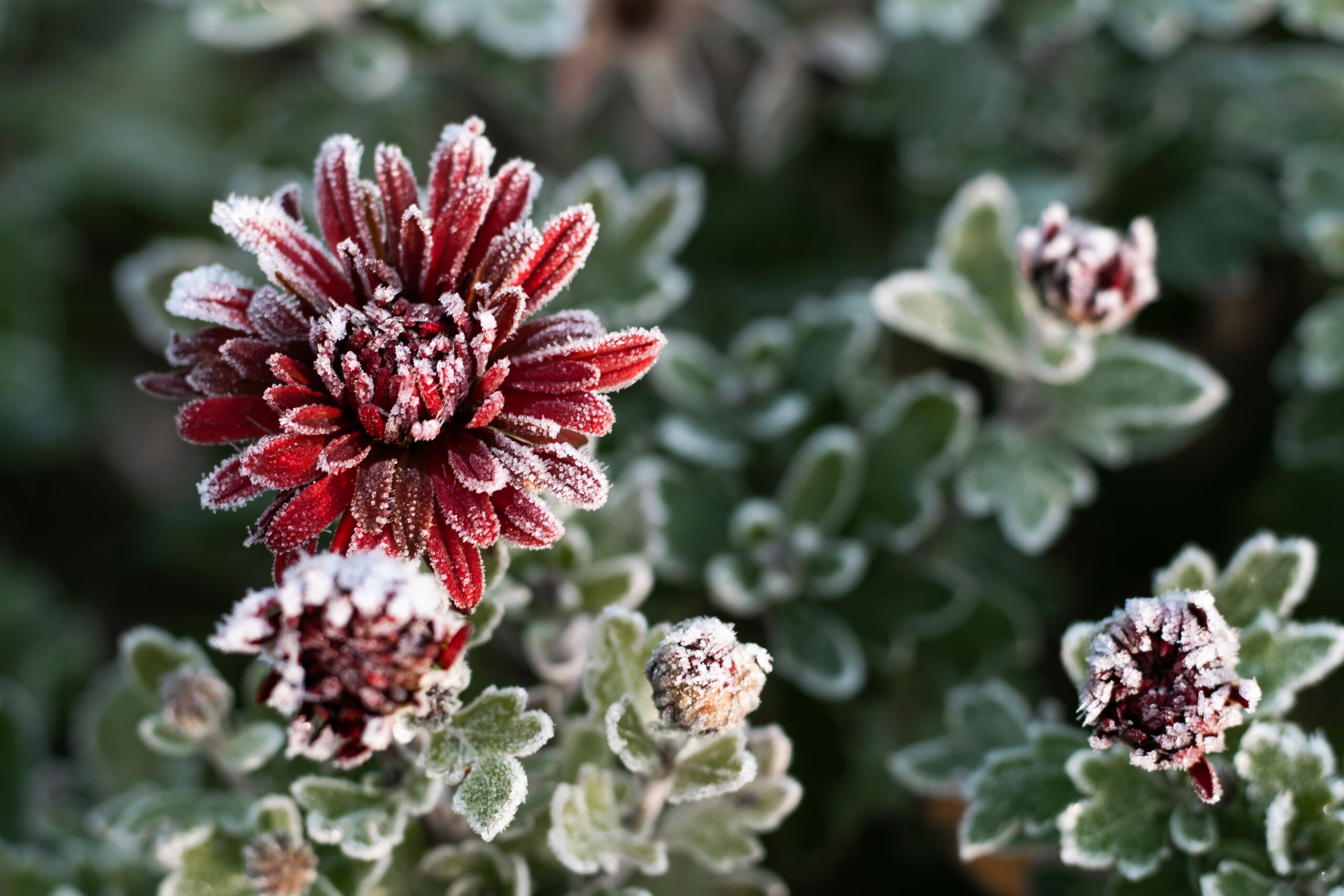
Frost Flowers are delicate, ice-like structures that form on the surface of plants or water. They occur when the ground is warm, but the air is cold, causing moisture to be drawn up and freeze into thin, ribbon-like crystals. These “flowers” are so fragile that they can break apart with the lightest touch. Frost flowers are most commonly found in cold, humid regions and are usually seen in the early morning. Their intricate, petal-like shapes and temporary beauty make them a rare and magical sight in the natural world.
Penitentes
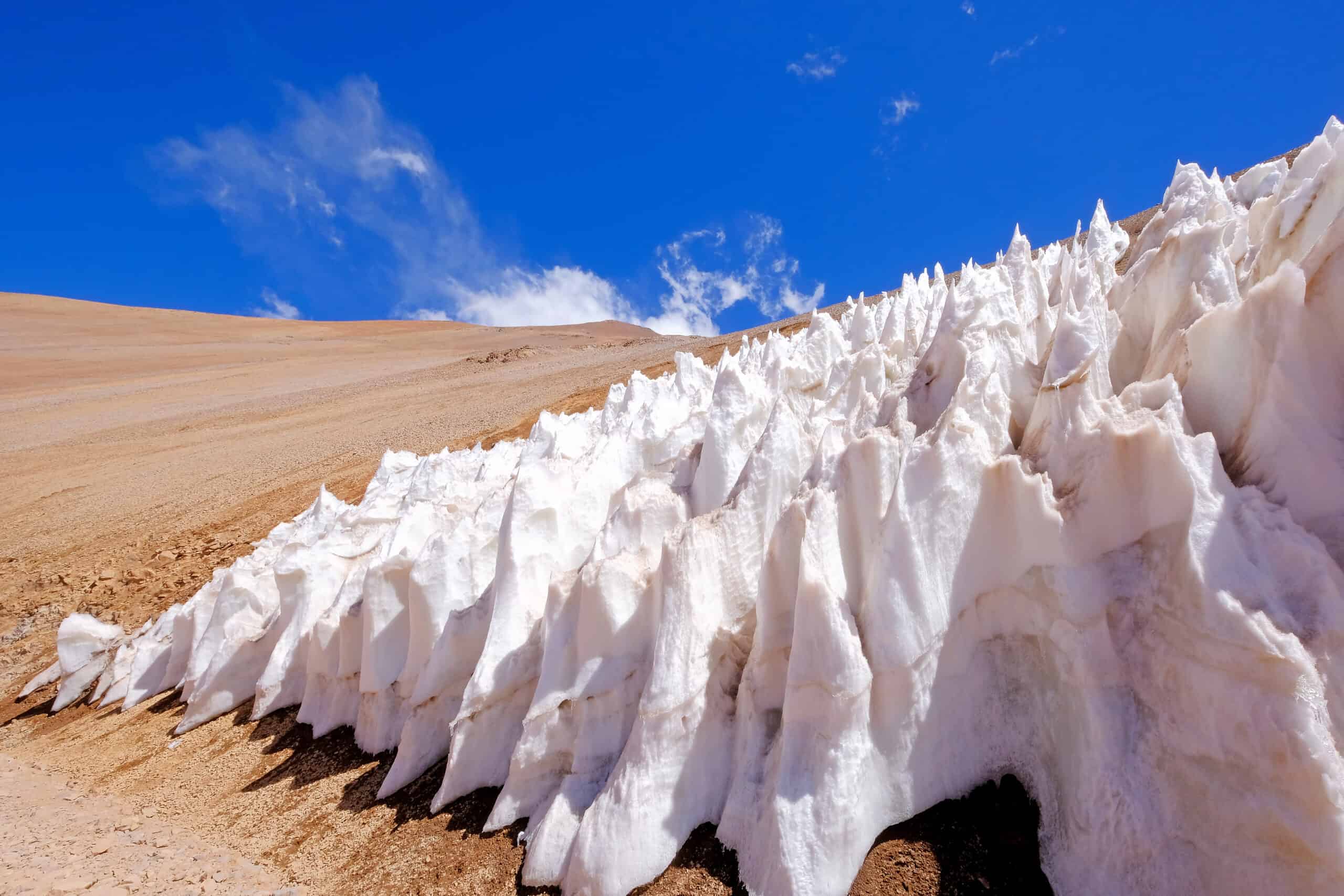
Penitentes are tall, blade-like formations of snow and ice found at high altitudes, particularly in the Andes Mountains. These structures can reach heights of up to 15 feet and are formed by the intense sunlight at high altitudes. The sunlight sublimates the snow, turning it directly into water vapor, leaving behind sharp, jagged formations. The landscape of penitentes looks otherworldly, as rows of icy spikes rise from the ground like a frozen forest. They are as dangerous as they are stunning, making them a true wonder to behold in harsh, alpine environments.
This article originally appeared on Rarest.org.
More from Rarest.org
11 Fascinating Rituals of Indigenous Peoples

Indigenous peoples around the world practice rituals deeply rooted in their cultural heritage. Read More.
15 Most Successful Wildlife Reintroduction Programs
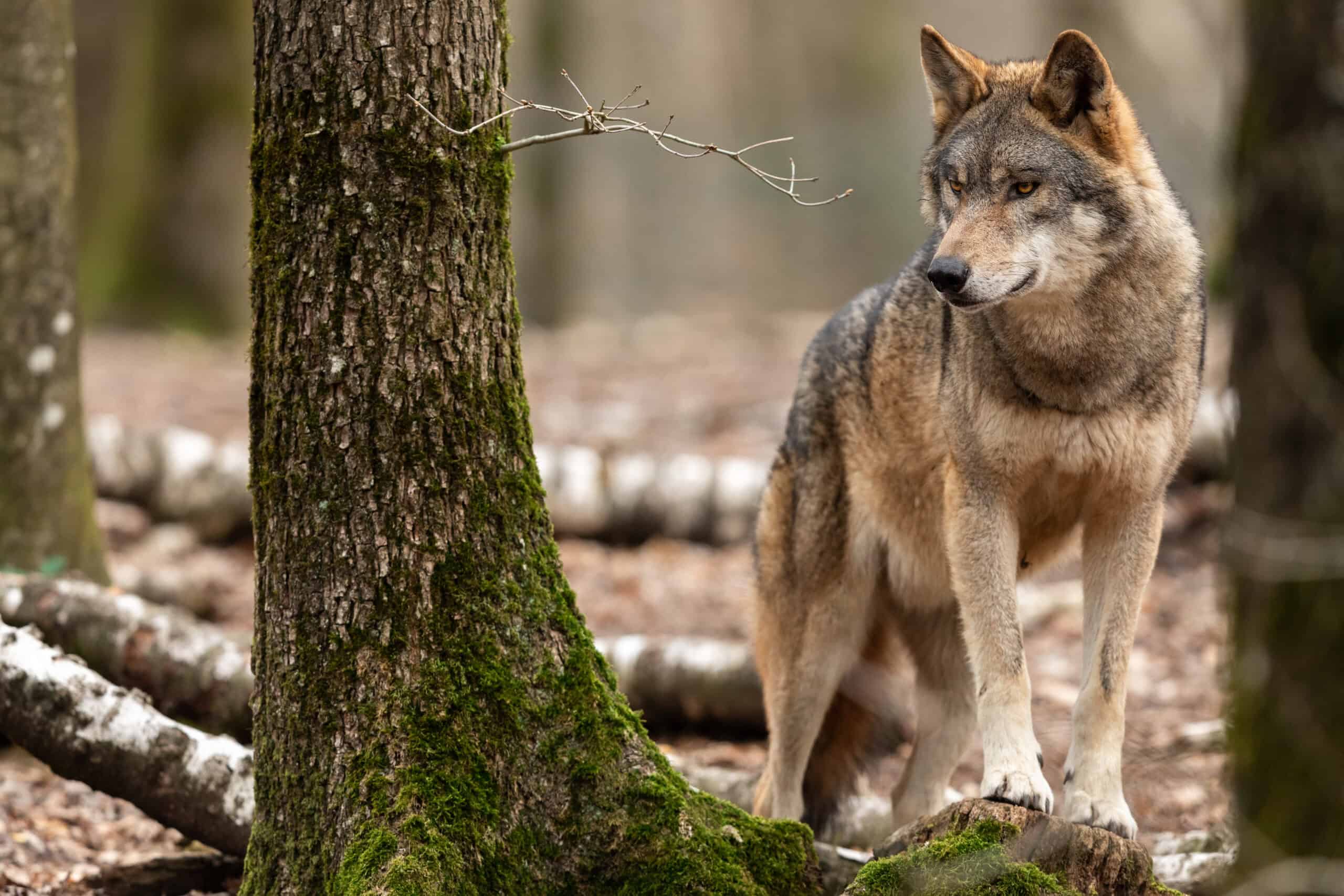
Wildlife reintroduction programs have played a vital role in bringing species back from the brink of extinction. Read More.
15 Intriguing Volcanic Craters with Unique Ecosystems
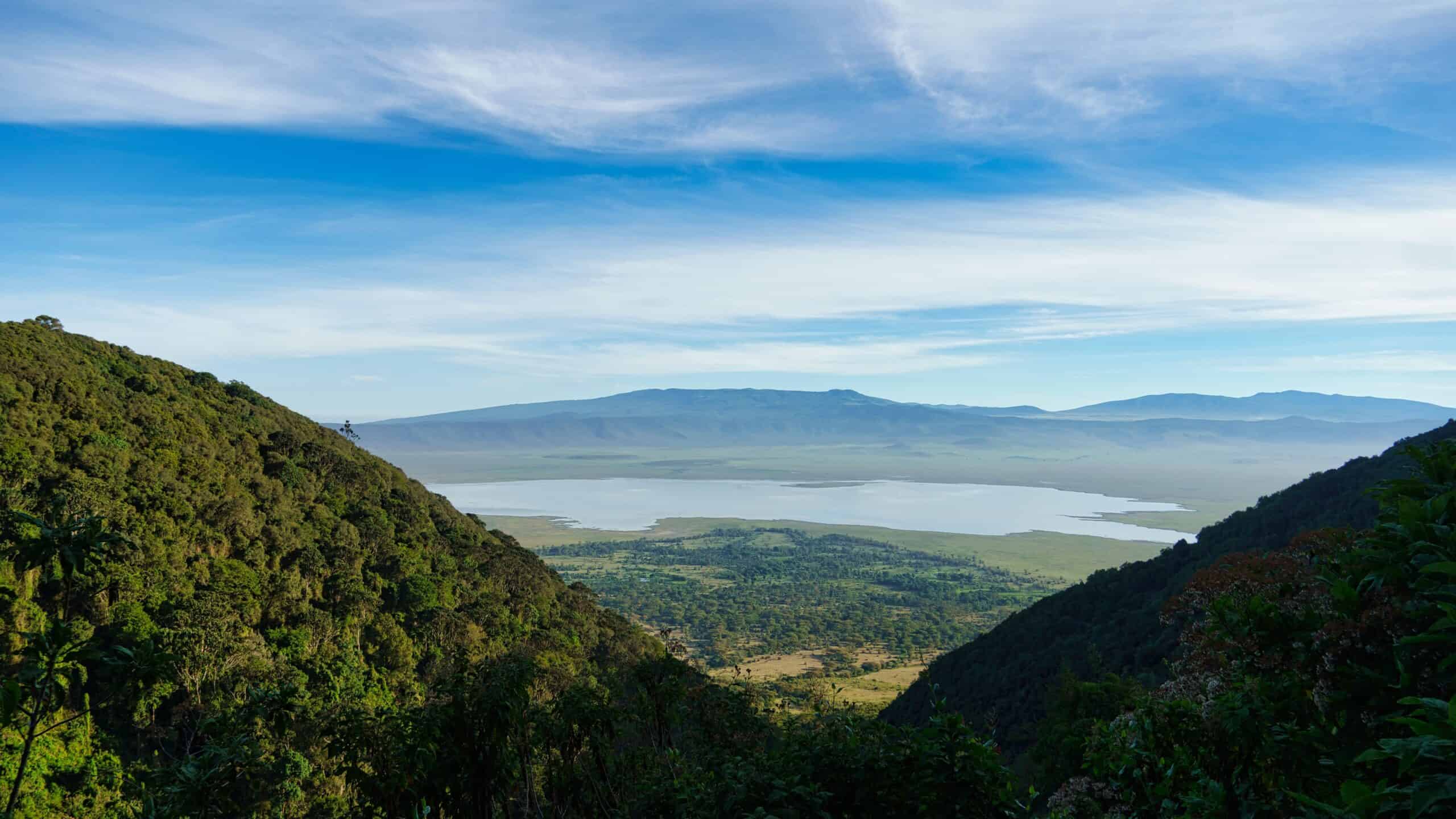
Volcanic craters are more than just remnants of ancient eruptions. They often house ecosystems that are as unique as they are fragile. Read More.
